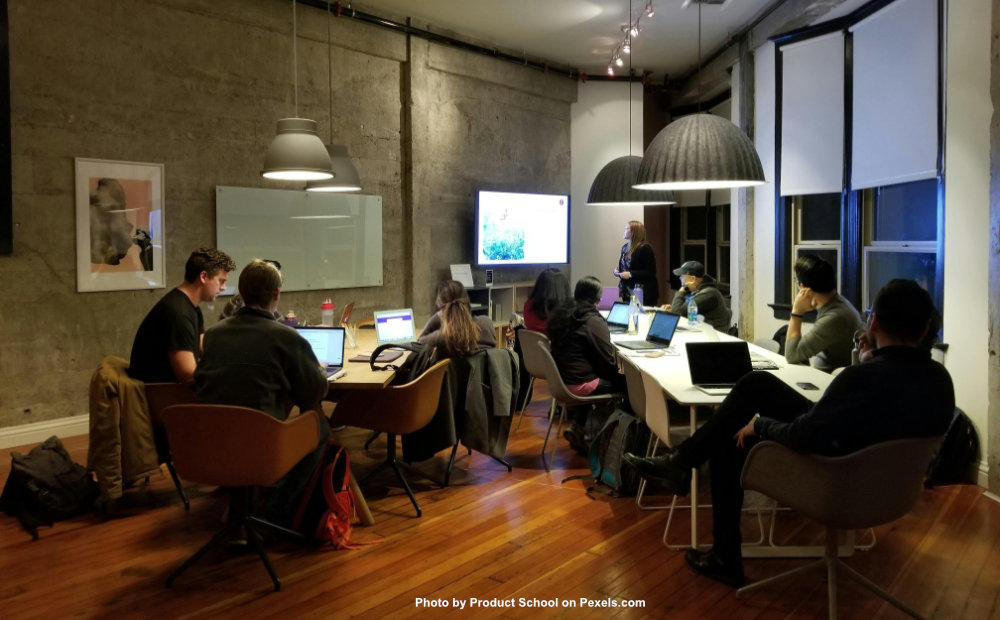Empower Your Team with Confident Training Facilitation
WRITTEN October 21, 2025
Successful companies are built on people, not just products or processes. Investing in employees’ growth, especially in confidence and soft skills through effective training and development programs, yields benefits that ripple across teams, leaders, and the entire organization.
Imagine transforming your company’s culture and achieving amazing success.
Prioritize soft skills training and master the art of confident training facilitation as a key part of your strategy.
Realizing the Power of Effective Training
To kickstart the journey, begin by asking your leadership team a crucial question: “What actually makes a training session valuable?” Gather feedback from employees about their best and worst learning experiences to gain insights. You’ll likely discover that effective training and development programs go beyond just technical information; they focus on building confidence, clarity, and collaboration.
Commit to nurturing these qualities in every employee, empowering them to learn and teach with purpose and poise. When your team leads with conviction and clarity, knowledge spreads faster and deeper across the organization, driving collective success.
Igniting Communication and Presence
Even the most brilliant ideas can fall flat if they aren’t communicated effectively. Design training sessions to focus on active listening, clear presentation, and constructive feedback. This approach will help surface hidden talents and voices within the team. As more employees take on leadership, mentorship, or facilitation roles, a sense of pride and ownership will grow.
Effective communication doesn’t just improve meetings; it cultivates leaders, strengthens teamwork, and amplifies the brand’s voice both internally and externally. By prioritizing these skills in training, the organization can foster a more dynamic and engaged workforce.
Engaging Every Mind
Instead of just lecturing, make training sessions interactive and tailored to real-world needs, learning styles, and motivations. Incorporate activities like group discussions, role-playing, and hands-on exercises to keep participants actively involved. Encourage employees to ask questions and share their thoughts, fostering a collaborative learning environment.
To make sessions more engaging, consider the following activities:
- Icebreaker Activities – Start with fun, low-stakes activities to help everyone feel comfortable and ready to participate.
- Case Studies – Use real-life scenarios to make the content relatable and practical.
- Group Discussions – Break larger groups into smaller teams for activities that promote peer-to-peer learning and collaboration.
- Role-Playing – Encourage participants to act out different scenarios to practice new skills in a safe environment.
- Hands-On Exercises – Incorporate practical activities that allow employees to apply what they’ve learned immediately.
By getting employees involved, it goes beyond just listening—they’re truly learning and growing. This connection to their roles, as well as to the company’s mission, will make a significant difference in overall engagement and performance.
Building Real Retention
To make training stick, use techniques that simplify complex ideas. Incorporate storytelling, analogies, and real-life examples to make content more relatable and memorable. Encourage employees to teach what they’ve learned to their colleagues, reinforcing their own understanding and spreading knowledge throughout the team.
Make it Stick, Make it Count. When training sticks, everyone wins. Employees feel more confident, perform better, and the whole team shines. New hires get up to speed quickly, and experienced staff continue to improve, helping achieve business goals.
The Results: Thriving Together
End with a Plan: The real impact happens when employees leave training sessions with a clear action plan. Encourage them to set personal goals for applying what they’ve learned in their daily tasks. This approach helps build a new company culture where growth, support, and high standards become the norm. Have employees create a one-page action plan outlining specific steps they will take to implement their new skills, and schedule follow-up meetings to discuss progress.
Why It Matters: A company thrives when employees work together effectively. When everyone is aligned and committed to continuous improvement, the entire organization benefits. Foster a culture of accountability by having employees share their action plans with their teams or managers.
Explore our suite of training and development programs. From public speaking to team building, we offer a wide range of resources to help you and your team thrive. Discover upcoming workshops or develop customized training solutions to suit your needs.
Other Resources:
5 Benefits of Corporate Employee Training – Harvard Business School
6 Simple Steps to Create Successful Training Programs – GUIDDE.COM
Photo by Product School on Pexels.com
Stay Connected
Subscribe to the IC weekly newsletter for tips and advice on your communication skills!
Public Classes
Effective communication is empowering. Get started on your path to being more clear, brief, and effective.
Upcoming Classes